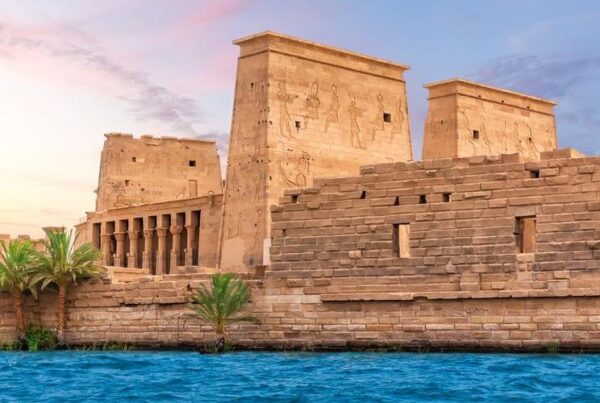Mt Tateyama
Part of the Japan Alps, Mt Tateyama stands at 3,015 metres and offers impressive alpine scenery and challenging hiking trails.
Accessible via the Tateyama Kurobe Alpine Route, the mountain boasts dramatic landscapes, including the picturesque Mikurigaike Pond, and panoramic views of neighbouring peaks.
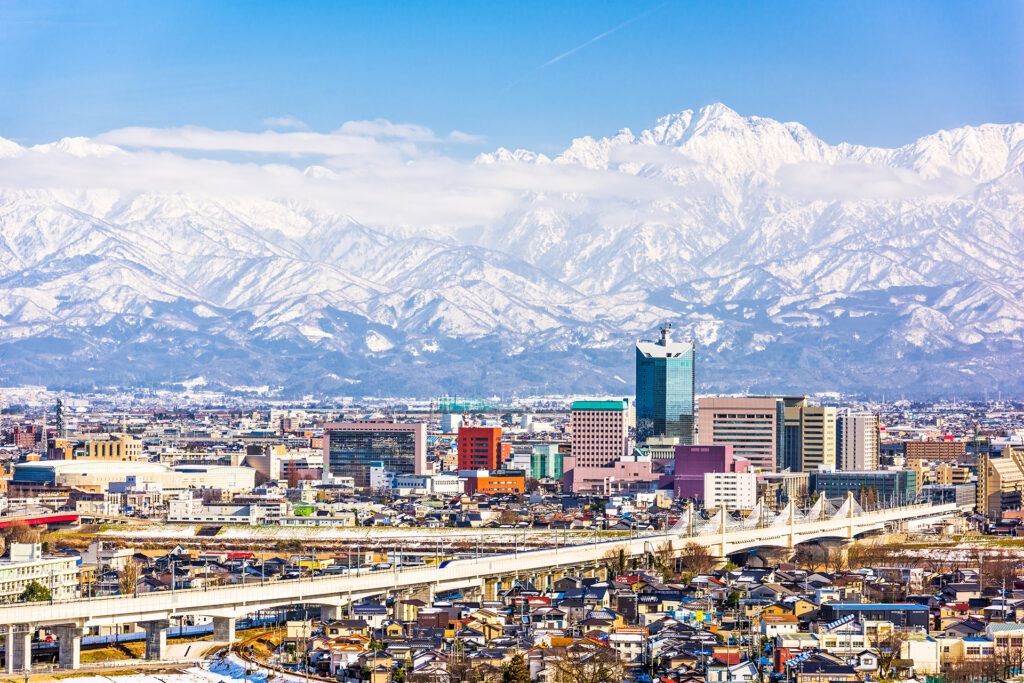
Tateyama itself is actually composed of three peaks, Oyama (3,003 m) is notable because of Oyama Shrine, Onanjiyama (3,015 m) and Fuji no Oritate (2,999 m).
Visitors can ride cable cars and traverse high-altitude paths, experiencing the pristine beauty of Japan’s alpine environment.
Mt Hakusan
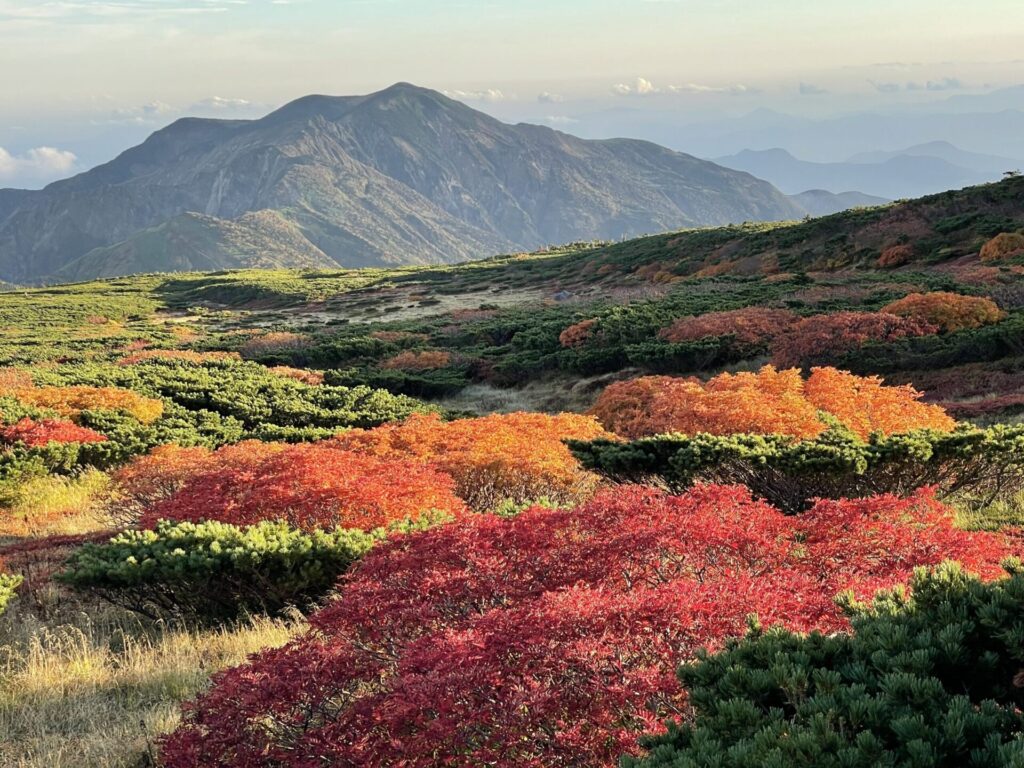
Spanning Ishikawa, Gifu and Fukui Prefectures, Hakusan is one of Japan’s three ‘holy mountains’ (alongside Mt Tateyama and Mt Fuji).
Revered for its spiritual significance and pristine natural beauty, the mountain offers diverse landscapes including dense forests, alpine meadows and volcanic terrain.
Pilgrims and hikers can ascend its slopes via multiple trails, passing by picturesque shrines and enjoying panoramic vistas of the surrounding mountains and valleys.
At the summit stands a small shrine dedicated to the worship of Hakusan. If the weather is good, you will be rewarded with memorable views of the Sea of Japan and the Northern Japan Alps.
Dewa Sanzan
Mt Haguro, Mt Gassan and Mt Yudono are known collectively as the Dewa Sanzan, the ‘Three Sacred Mountains of Dewa’.
Together, they form the core of the ascetic religion, Shugendo, a Japanese mountain faith that mixes nature worship with Buddhist beliefs.
At 414 metres above sea level, Mt Haguro is said to represent the present, where worshippers pray for rewards in this life; Mt Gassan, at 1,984 metres, represents the past and is where worshippers appease the spirits of their ancestors; and Mt Yudono, at 1,504 metres, represents the future and is where people pray for rebirth in a future life.
Temple lodgings surrounding the mountain entrances are run by yamabushi mountain priests who welcome worshipers as well as tourists looking for a unique and spiritual experience.
Mt Rishiri
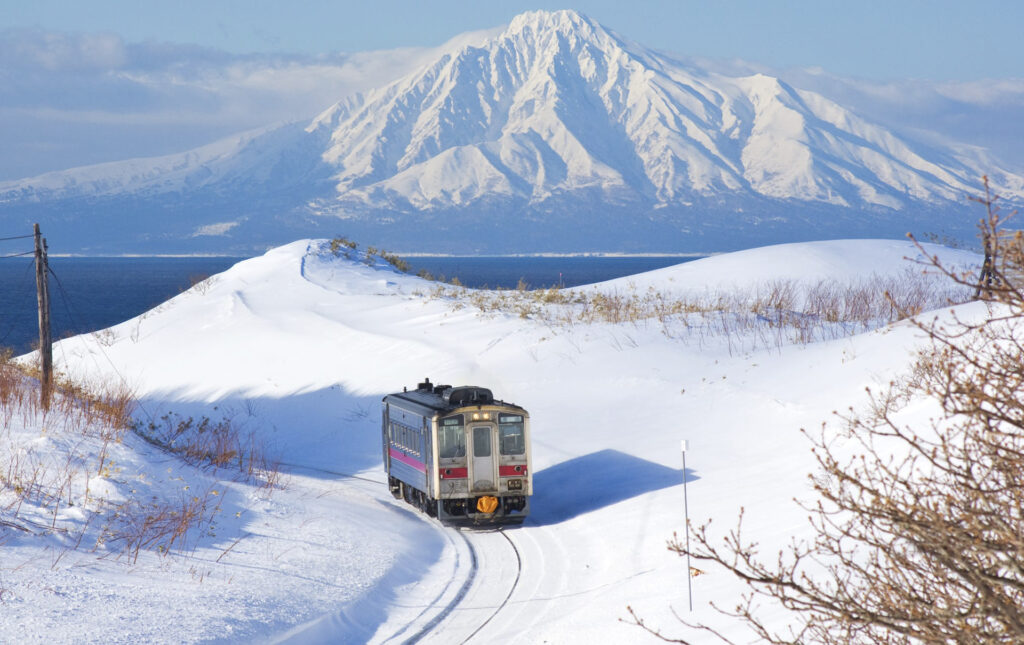
A small island off Hokkaido’s northernmost point, Rishiri looks like something out of a fantasy novel. Think icy, snow-covered peaks in winter and rolling green hills and wildflowers in summer.
Known as Rishiri-Fuji for its resemblance to Mt Fuji, a hike to the summit in summertime rewards visitors with a 360-degree panoramic view of the island’s wetlands and forests, as well as views of neighbouring Rebun Island.
The official climbing season starts in early July and you can trek there until early October.
Mt Aso
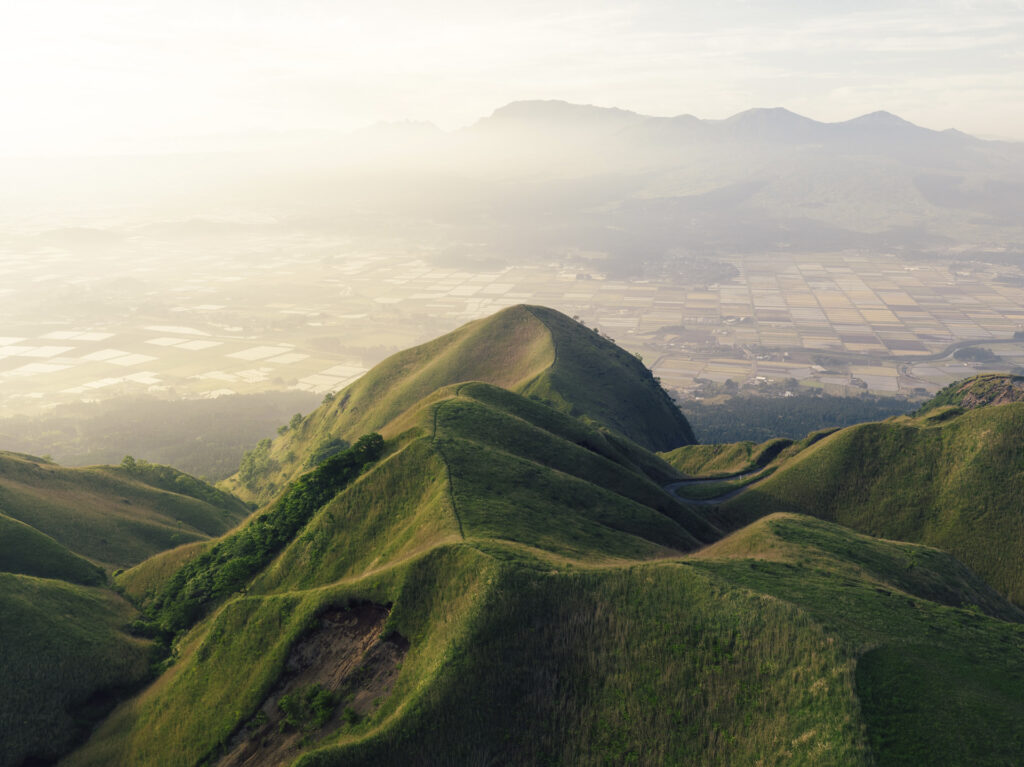
Piercing the skies above central Kyushu, Mt Aso is one of the world’s largest volcanoes and makes for some of Japan’s top cycling and hiking thanks to the topography formed by historic eruptions.
The surrounding Aso-Kuju National Park is one of Japan’s first national parks where you can soak up the emerald-green grasslands of Kusasenri, visit the dramatic Sensui Gorge, or have an overnight onsen stay in one of the idyllic surrounding villages at the mountain’s base.
A highlight of exploring Mt Aso includes traversing the rim of Aso’s crater while soaking up panoramic views of the valley below.
The Aso Panorama Line (the name of the impressive road that leads up to Mt Aso) is also a fantastic road trip experience.
“Whether you seek spiritual enlightenment, alpine adventures, or the charm of spring cherry blossoms, exploring some of the lesser-known peaks in Japan – or simply capturing a glimpse from afar – can offer an enriching experience to rival some of the most well-trodden pathways,” said Naoki Kitazawa, JNTO Sydney Executive Director.
“Many travellers to Japan put Mt Fuji high on their list of sights to see, but we encourage everyone to consider visiting the many other mountains dotted all over the country which have incredible beauty in equal measure.”

